Throughout history, certain materials have insinuated themselves into the very fabric of humanity, becoming indispensable elements of everyday life. From wood to wool; stone to steel; aluminum to oil: each culturally crucial material has its own complex historical trajectory with variations of use through time and place.
The history of glass is extensive and diverse, stretching over continents and millennia. Whilst the technological and methodological innovations that inform contemporary glassmaking come from around the world, over and again the Italian tradition is cited as an exemplar of ingenuity and quality. An understanding of the history of Italian glassmaking is an essential grounding for anyone interested in the art, practice, or collection of glassware.
- Prior to its adoption by humans glass was already a naturally occurring phenomenon. One of the most symbolic forms of natural glass is obsidian – a glistening, dark, and extremely strong volcanic formation that has been treasured by cultures throughout history.
- Glassmaking was first introduced to Italy by the Roman Empire, which imported the practice from Mesopotamia. This early tradition involved winding strips of molten glass around a mold and smoothing the result, much like pottery.
- The Mesopotamian method was supplanted by glassblowing, an Italian innovation still used today. This, alongside the development of clear ‘aqueous’ glass, led to the material becoming a common Roman household commodity by the 1st century AD.
- The collapse of the Western Roman Empire precipitated the recession of glassmaking in Europe. Meanwhile, however, the Islamic World was developing its own tradition. This was brought to Europe by successive Caliphates colonizing across the Mediterranean.
- Sheet glass was pioneered in 13th century Venice, produced by flattening blown cylinders whilst still hot. This invention allowed for one of Medieval Europe’s most iconic designs: the stained glass window.
- From the 14th to the 16th century, Italy enjoyed the emergence of new forms of knowledge, novel ways of thinking, and innovative modes of production that still influence the contemporary world. Whilst these disseminated throughout Europe and further, they created a huge amount of local diversity in Italian crafts.
- The Venetian island of Murano became the heart of European glassmaking during the 15th century, having innovative approaches, access to pure quartz silica, and a monopoly on high-quality Levantine sand. These techniques and materials ensured that Murano remains synonymous with quality glass to this day.
- During the 19th century the factory model, icon of Britain’s Industrial Revolution, was imported and implemented by Italian productions. Artisanal glass workshops expanded into extensive operations, which served to refine, develop, standardize, and popularize the diverse traditions of the country, as well as allowing for export to foreign markets.
- By the 20th century many factories had closed their doors, with the expertise that fuelled them dissipating into smaller operations or disuse. Throughout Italy, artisans banded together to fill these manufacturing voids, creating glassmaking collectives that operated on a much more egalitarian basis than their predecessors.
10. The latter half of the 20th century witnessed the creation and popularization of the ‘Made in Italy’ label, which serves to distinguish the diverse products of the country. Glassmakers throughout Italy have benefited from the spotlight this representation has shone upon them, as have the traditions they maintain.
Contemporary Italian glassmaking is at an exciting crossroads, with traditional practices elaborated over millennia being combined with cutting edge design. Artisans skilled in traditional practice are collaborating with contemporary artists and designers to create revolutionary pieces of glassware, suggesting exciting possibilities for the future of the Italian tradition. Some of our favorite examples, are shown on the slide below.



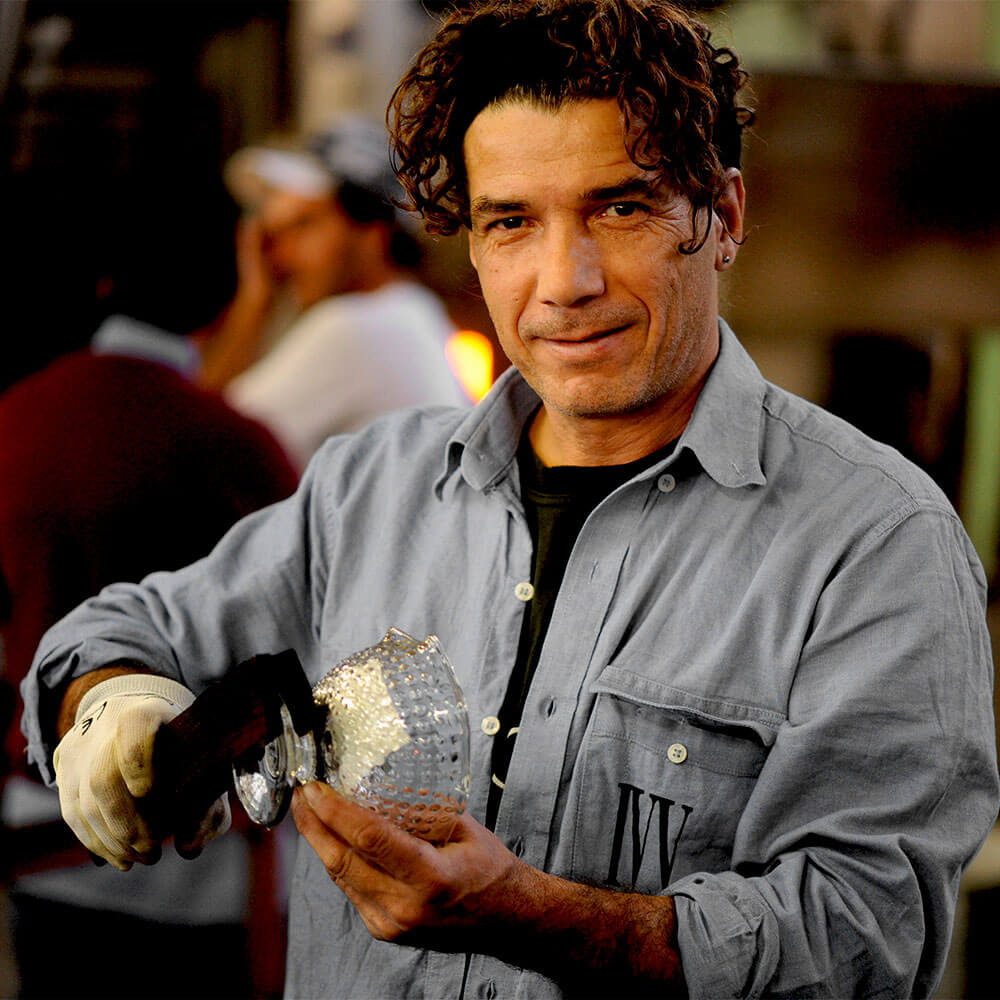
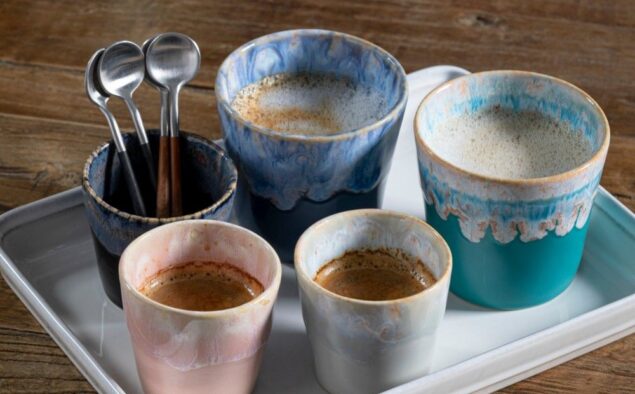
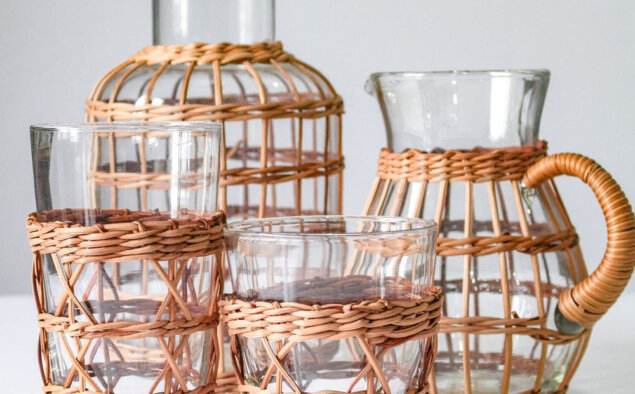
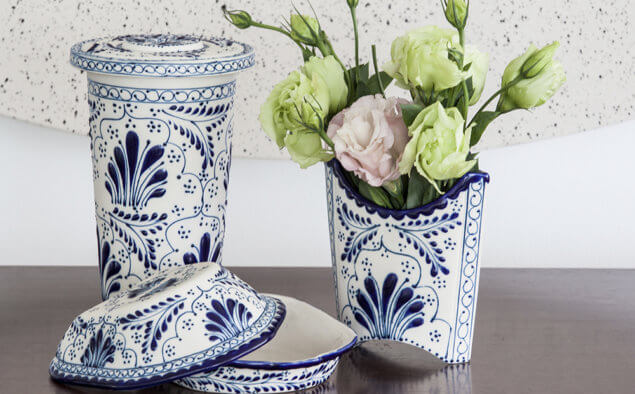
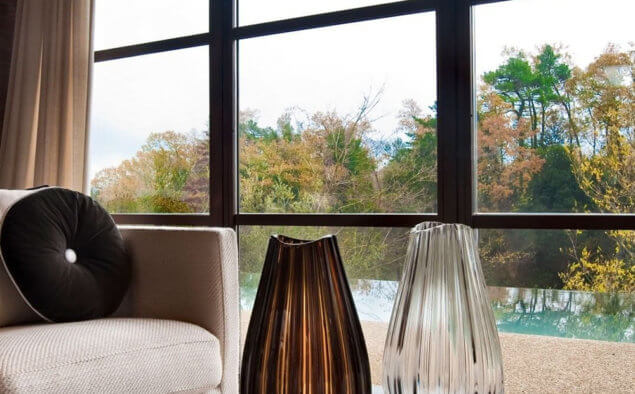
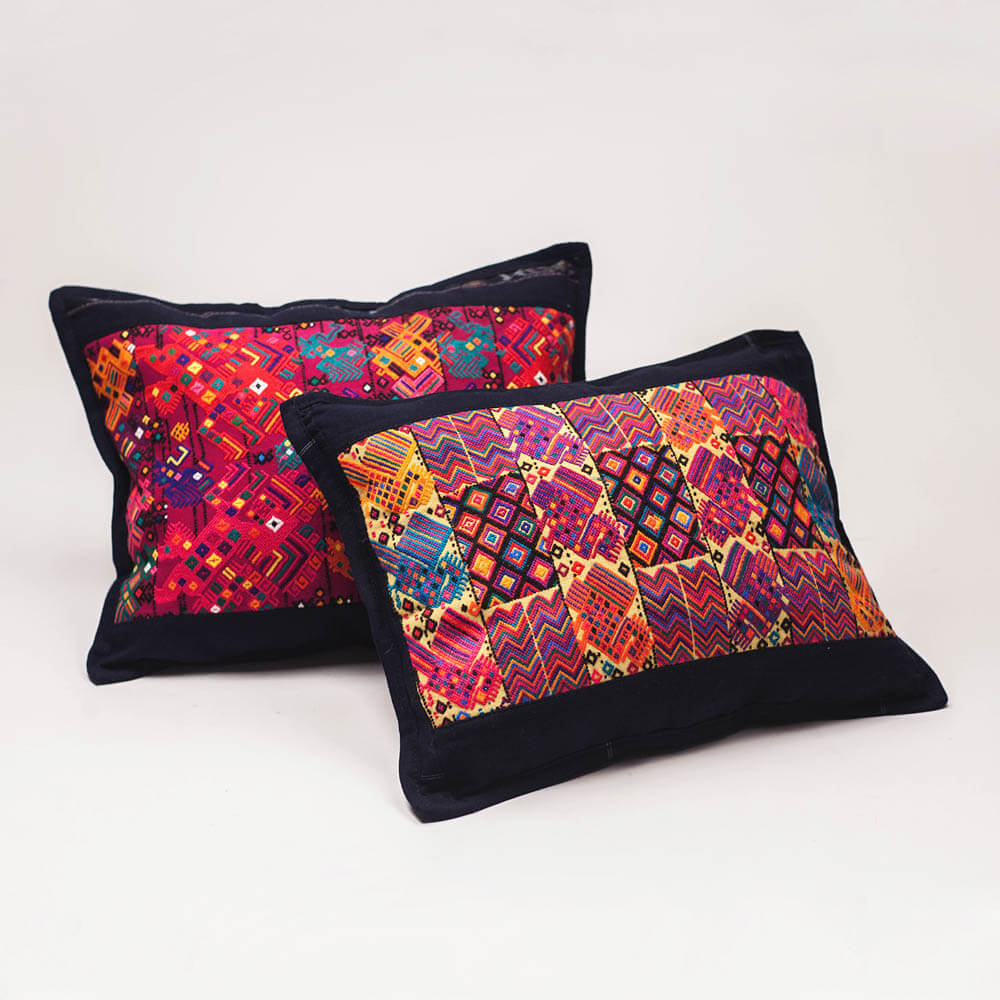


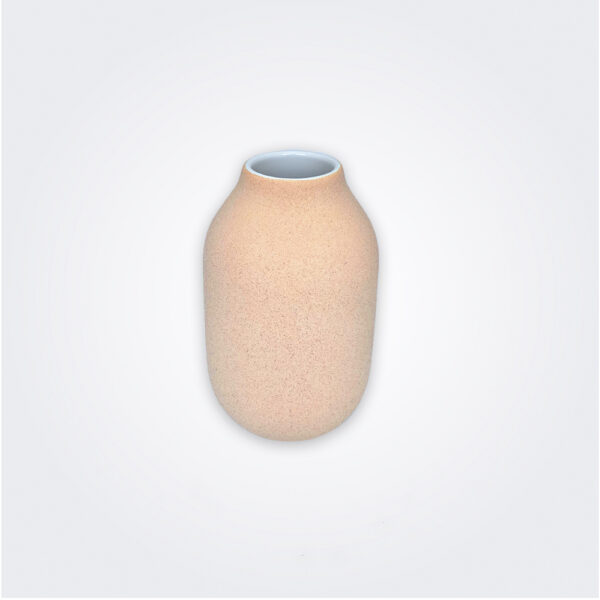
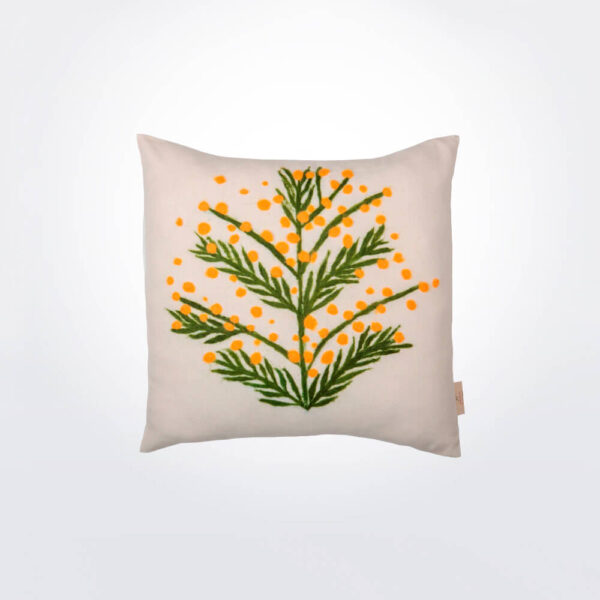
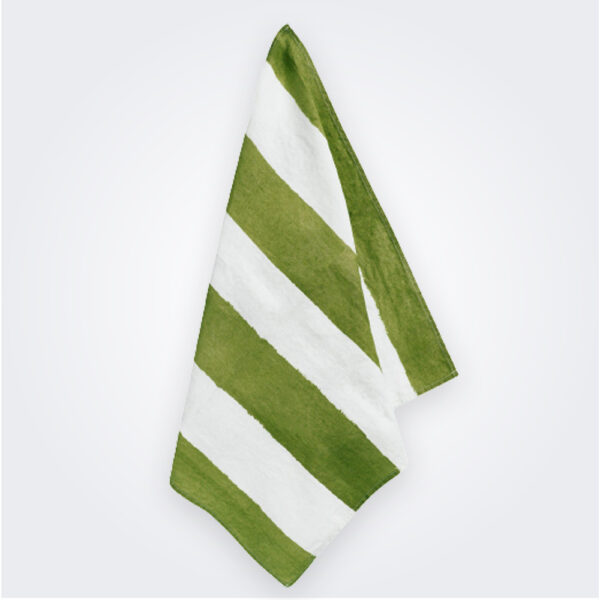
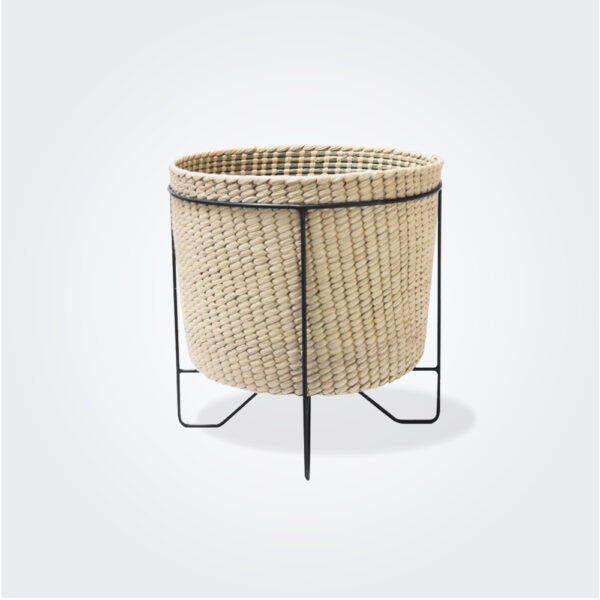
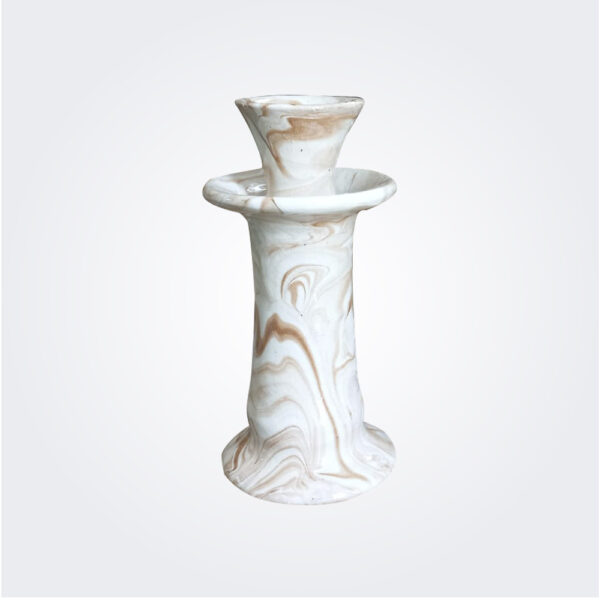
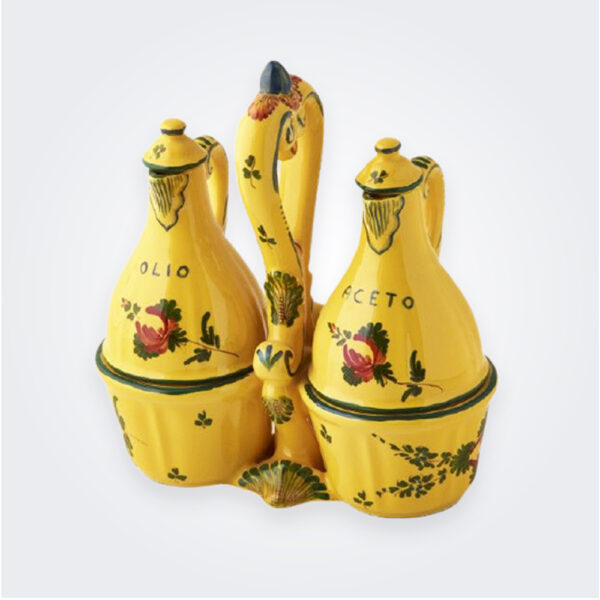
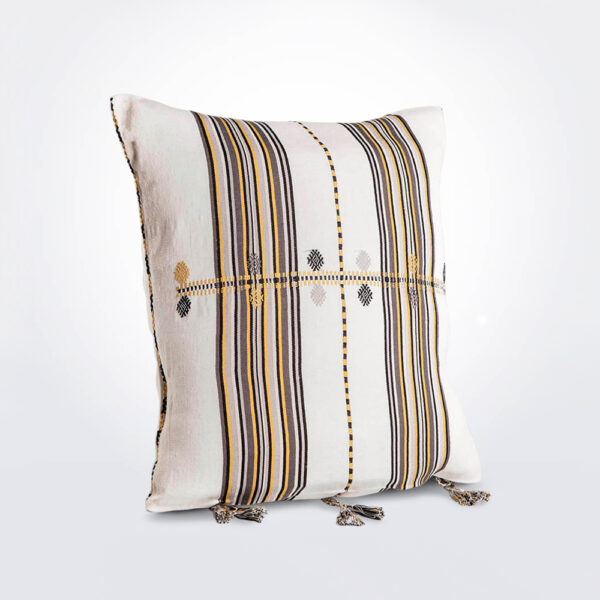
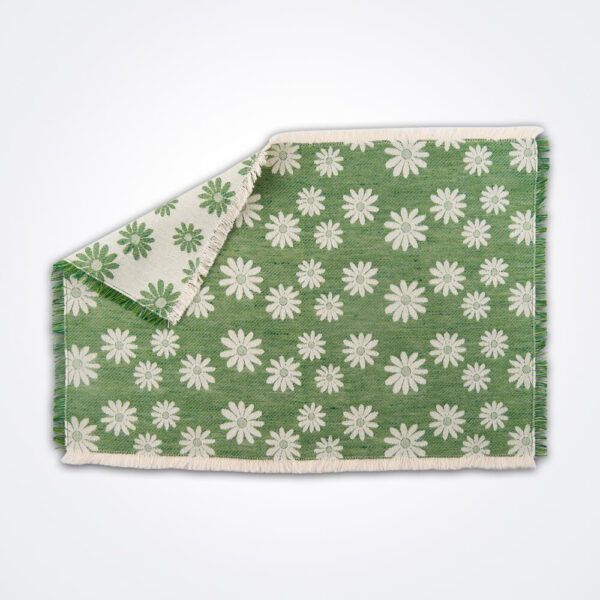

leave a comment